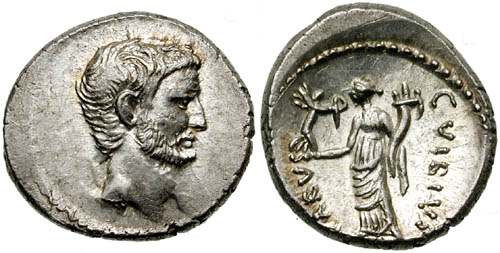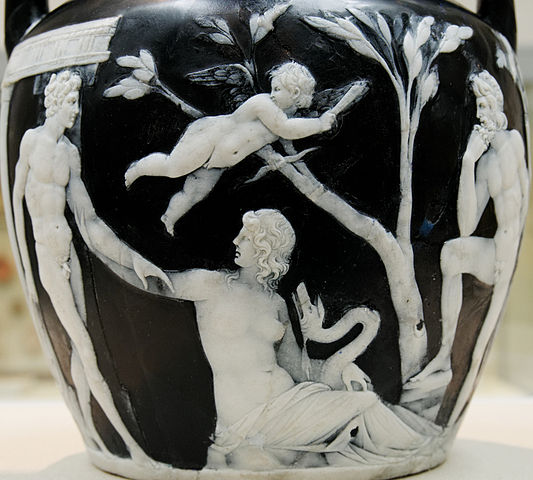Paradoxically, the woman whom millions regard as the defining Egyptian queen is more or less ignored by traditional Egyptologists, who confine their studies to the thirty-one dynasties preceding the arrival of Alexander.
The Ptolemies are considered peripheral beings and, as such, they have become the preserve of classical and specialized Graeco-Roman scholars, who, naturally enough, set them against a classical rather than an Egyptian background.
The Graeco-Roman scholars have, in turn, shied away from Cleopatra VII; maybe because histories emphasising individual rather than national achievement are currently considered somewhat old-fashioned, or perhaps because they feel a reluctance to tackle a subject as obviously popular as Cleopatra.
...For a long time this seemed entirely reasonable to me.
After all, the Ptolemies were foreigners in Egypt, and relatively modern foreigners at that.
They were separated from the true dynastic age by an embarrassing period of Persian rule and, lacking a numbered dynasty of their own, were omitted from many well-respected Egyptian histories that came to a neat end with the reign of the last native pharaoh, Nectanebo II (Nakhthorheb).
If that was not enough, they reigned over an Egypt whose pure native culture had been diluted and distorted by Greek and Roman influences: they worshipped curious hybrid gods; they issued coins; they spoke Greek, not Egyptian.
But, after many years spent studying Egypt’s "true" queens, I began to realize that placing the
Ptolemies in a cultural ghetto was an irrational and unsustainable distinction.
The Ptolemies believed themselves to be a valid Egyptian dynasty, and devoted a great deal of time and money to demonstrating that they were the theological continuation of all the dynasties that had gone before.
Cleopatra defined herself as an Egyptian queen, and drew on the iconography and cultural references of earlier queens to reinforce her position.
Her people and her contemporaries accepted her as such.
Could an Egyptian-born woman whose family had controlled Egypt for three centuries really be classed as foreign (and if so, where does this leave the British royal family)? Or as irrelevant to the study and understanding of Egyptian queenship?


















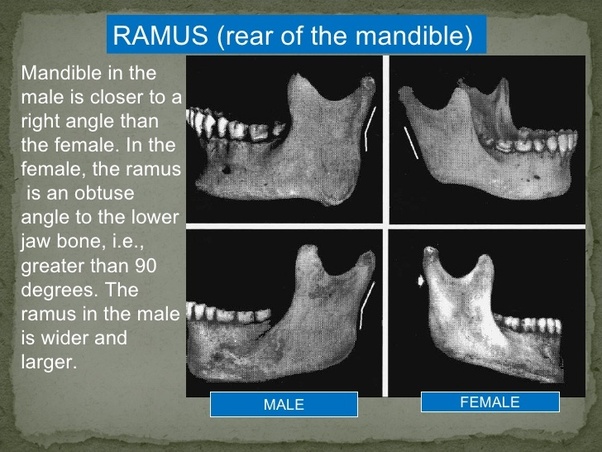
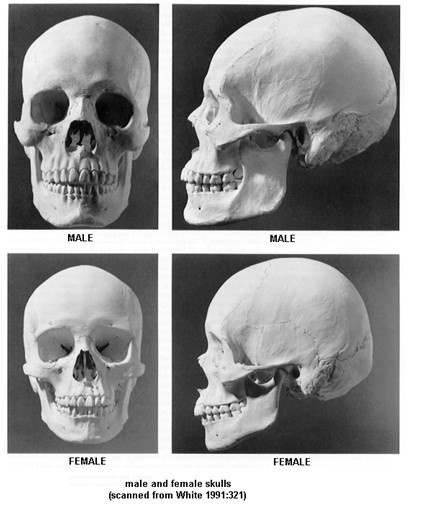


 Reply With Quote
Reply With Quote

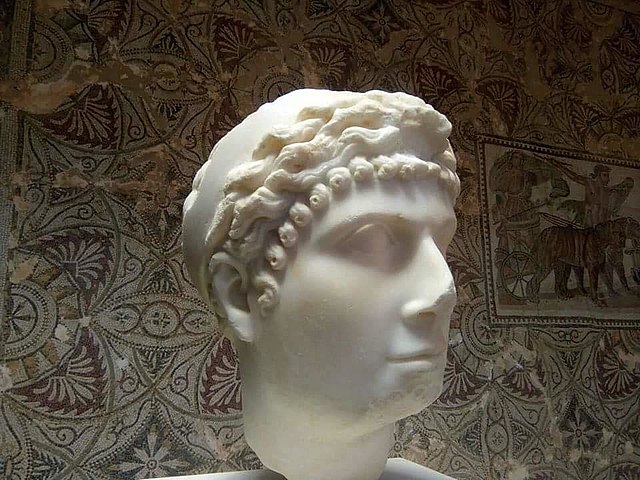

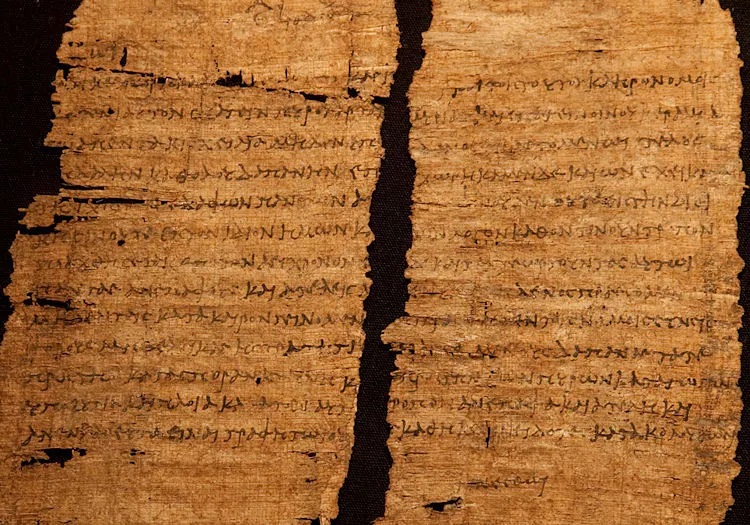











 ).
).


